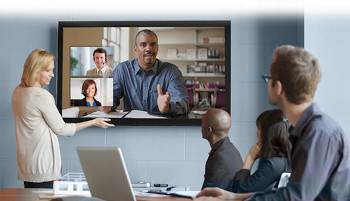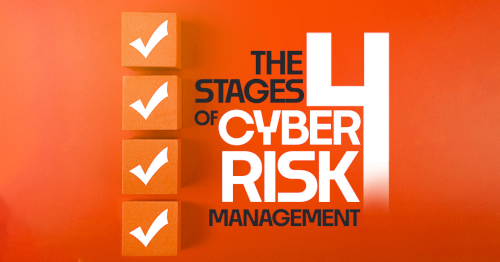By leveraging video conferencing technology, you can lead meetings where it’s easy to connect and collaborate. The ability to offer remote work opportunities for your team can be one of the most valuable decisions you make. It means that your employees can work together seamlessly without being there.
If you want those attending to stay focused and foster collaboration, consider these tips.
- Use an agenda: Put your agenda up as your first presentation in your video conference. It’s also a good idea to send it before the meeting as part of the invitation. By creating a schedule, you’ve documented what needs to be discussed and who needs to share information, inviting better organization into your meeting.
- Start with a welcome: Before you get moving on the agenda items, make any necessary introductions and state what role those on the call play in the project. This is also a time when you can set ground rules like staying mute if not talking and using the chat for questions so you can gather them in one place before going through them.
- Make sure there are no technical issues: You’ll want to check all aspects of your video conferencing setup before the meeting so that technical problems don’t bog you down. Your setup run-through should include checking your webcam, removing background distractions, checking your headset, and practicing screen sharing.
- Take notes and share them post-call: Appoint someone in the group as a note-taker to quickly summarize the points made and ideas discussed. Post-meeting, you can flesh these out and include the next steps. Then share them with the participants so that everyone has clarity on what was decided during the meeting.
- Avoid multitasking: Virtual meetings still require your undivided attention, so don’t try to multitask or eat lunch. You need to be present for the meeting, which means more than just showing up. Concentrate on the topic of the meeting at hand, and you’ll find it takes less time to resolve than if there were interruptions from distractions.
- Share what’s relevant: While you want to keep your audience on point, don’t share content that’s not relevant to the discussion. This could cause you to get off topic and waste time. Plan ahead on what you’ll share and how it brings value to the meeting.
- Steer clear of small spreadsheets: If you need to share content in a spreadsheet, think about how it will look on screen. You may have a nice size monitor, but others may be viewing from laptops and tablets. They won’t be able to see small spreadsheets. Alternatively, you could break up the spreadsheet into smaller pieces to highlight what’s necessary. Or, you could take those numbers and create a chart to illustrate the data.
- Keep meetings small if possible: The more people you add to the meeting, the more likely it is to take longer and go off-topic. It doesn’t mean you should avoid large meetings; just be sure that everyone attending has a role to play. If others can make do with a summary or recap from their managers, then go this route.
- Use mute when not talking: This tip is essential to keeping conversations on track because if you aren’t on mute, then everyone else can hear you typing or any background noise. This causes distractions. Mute is your friend when you are in a virtual meeting to ensure that you don’t miss out on what is being presented.
- Employ virtual brainstorming tactics: You don’t have to be in the same room to have a group think session. Most brainstorming exercises can transfer to a virtual meeting setting. With the screen share feature, you can begin mapping out ideas on the screen as others chime in with ideas. Seeing things on the screen will help your attendees stay focused and energized.














No Comments